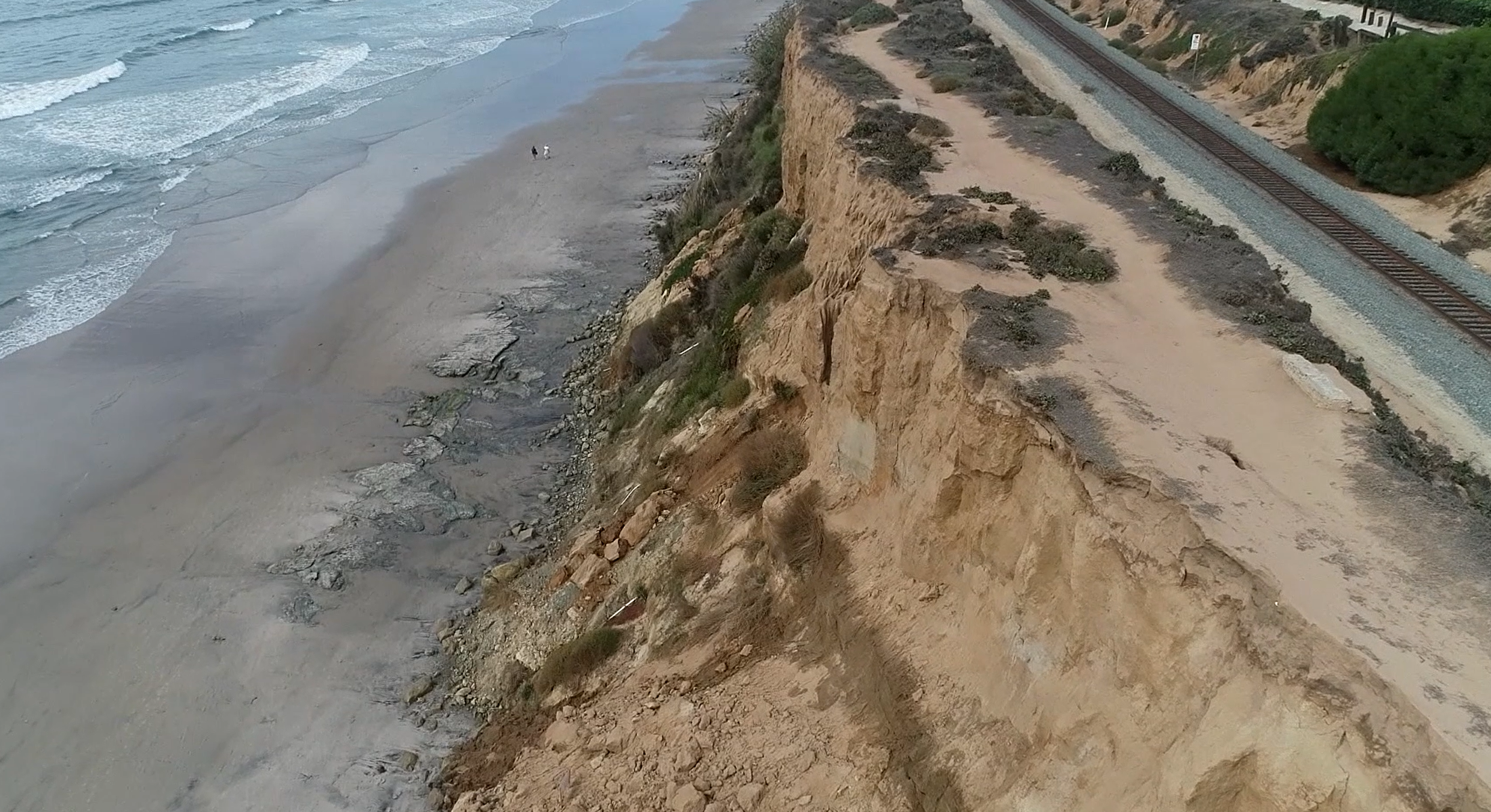Most of us see the U-Pick strawberry signs from the I-5 freeway in Carlsbad, but what you're not seeing near them right now is people.
’’Our fruit stands are always open Valentine's," Jimmy Ukegawa, the president of Carlsbad Strawberry Company, told NBC 7.
This year is different, though.
Growing strawberries in the Ukegawa family has spanned more than four generations. They grow Albion strawberries, which, Ukegawa said, are very sweet.
Get Southern California news, weather forecasts and entertainment stories to your inbox. Sign up for NBC LA newsletters.
While a rainy winter can benefit certain fruit crops, Ukegawa said strawberries are delicate, and the rain can impact how soon his strawberries will hit his three farmstands, and how quickly visitors can participate in U-Pick.
’’Depending on the amount of rain, if we get a half inch or less — we’ll be fine," Ukegawa said. "An inch or more and the strawberries will actually start to crack and get dried out on one side, or they might start to crack open.”
Ukegawa said rain and hail, too, can harm the flowers on the plant and even misshapen the matured fruit.
California
News from across California
"The rains are coming every week — and big amounts of rain — so we’re having to throw away all the ripe strawberries," Ukegawa said.
The fruit farmer said production starts slow in January and picks up throughout the spring, but year-to-date, his farm is down about 90% from normal.
’’We could cover it with plastic, but by the time you go through laboring and expenses of mini greenhouses — that’s what you make, you know, in production — during those months, and a lot of times a lot of people don’t want to buy strawberries when it’s rainy outside, so there’s balance," Ukegawa said. ''We try to tailor our production to what we can sell at our U-Pick and our fruit stands.’’
Strawberries from the Carlsbad Strawberry Company can be purchased at his local farmstands or through his U-Pick experience, which, Ukegawa said, typically opens in March.
But what about the strawberries you buy at the grocery stores? Are they similarly impacted? They're different from Ukegawa's berries in that they come from commercial growers.
For starters, Jeff Cardinale, the communications director for the California Strawberry Commission said, even when a significant rain system like the most recent ones in San Diego move over a region, they may bring production down by one cycle, but you can expect the plant to recover unless there's physical damage to it or the bed where the strawberries were planted.
"For the most part, what we’ve seen in production numbers that have come in is that production is occurring," Cardinale said. "It’s occurring at about the levels that the commission expected."
Cardinale added that most commercial strawberry growers have sophisticated drainage systems ti carry water away and drain from the beds. For his part, Ukegawa showed NBC 7 a drainage system that allows the beds to dry out as quickly as possible.
Cardinale describes strawberry crops as a fountain that's always producing, with a year-round season. Ninety percent of commercially grown strawberries in the United States come from California, he added.
"Ninety-seven cents of every dollar generated in the strawberry industry goes right back into the community in which it serves,'' Cardinale said. ''So we’re talking about labor, we’re talking about equipment, we’re talking about all the things that go into the planting of the strawberry.’’
Cardinale said San Diego County and the Coachella Valley are the fourth in line when it comes to commercial production. That's based on how big the production is. The bigger regions include Oxnard and Ventura counties, the Santa Maria Valley and the Watsonville/Salinas area.
''Strawberry production starts in Southern California and makes its way up in relation to heat and the sun, etc.,'' Cardinale said.
Right now, a majority of strawberries are growing in Oxnard and Ventura counties, according to Cardinale. They, too, experienced rain recently, but, he said, since the season started early, their numbers are up. However, more rain is on the way.
’’But now with this event, it will bring them down a little bit,'' Cardinale said. ''But overall in the Oxnard/Ventura area, they’re producing higher than expected volumes for the year.’’
The Watsonville and Salinas production will start in April, Cardinale said, pointing out that the rain is beneficial to the crops there because it dilutes the salt in the soil and produces better-tasting strawberries — and, possibly, bigger ones too. Looking back to last year's rain, he said that only about 5% of commercial production was impacted.
So, yes, there will be no shortage of strawberries in local produce aisles.
Ukegawa recalled how the 2022-23 winter impacted his business: ’’Last year was the first year in my family’s history we did not harvest one box in the month of January."
Meantime, Ukegawa is watching the forecast closely, as he always does.
''Well, we were going to open up this week, but the latest forecast is for rain early next week, so It really depends how much rain we get out of this storm,'' Ukegawa said.
Although many might see it as another setback, as a farmer, he is adept at adapting.
’’We want to make it to where we can pass it on to the next generation and remain here.' Ukegawa said.



